Co-warehousing is quickly becoming a popular solution for small to medium-sized businesses (SMBs) looking for flexible and scalable storage spaces. For startups and growing businesses, co-warehousing offers significant advantages over traditional warehousing, including cost savings, access to shared resources, and opportunities for networking within a community of like-minded businesses.
In this post, we will cover:
- What co-warehousing is and how it works.
- The key features that make co-warehousing a valuable option for businesses.
- The benefits co-warehousing offers compared to traditional warehousing.
- Important factors to consider when choosing a co-warehousing space.
What is Co-Warehousing?
Co-warehousing refers to shared warehousing facilities where multiple businesses use the same space for their operations. Unlike traditional warehousing, which often requires long-term leases and large upfront investments, co-warehousing provides flexibility by allowing businesses to rent only the space they need, for as long as they need it. With 28% of warehouses utilizing less than 90% of available storage space1, the ability to pay for only the space you use is a game-changer.
In a shared warehousing environment, businesses can access common amenities such as loading docks, packing areas, industrial racking, warehouse equipment, and secure WiFi, all whilst benefiting from lower overhead costs. This model works particularly well for startup warehousing needs, where businesses are looking to grow without making a heavy commitment to a large warehouse space.
Key Features of Co-Warehousing
Co-warehousing offers a range of features designed to support businesses with flexible, scalable, and efficient storage solutions. These features make it easier for businesses to adapt to their changing needs and benefit from shared resources that would otherwise be costly or difficult to maintain independently. Below are some of the key features that make co-warehousing an attractive option for businesses of all sizes.
Flexible Space Options
Whether your business needs a small storage area or a larger operational space, co-warehousing allows for customized space usage. Businesses can choose between dedicated areas or shared spaces, tailoring space to their specific needs at any given time without wasting money on unused resources.
Scalability For Growing Businesses
As your business grows, so does the amount of space you need. Co-warehousing provides access to more space as needed, allowing growing companies to easily scale up without the hassle of moving into new facilities.
Access To Technology & Resources
Co-warehousing also provides access to shared technology and resources, such as inventory management systems, packing equipment, and shipping tools. This access to infrastructure helps streamline business operations without the high upfront costs of investing in often expensive technologies independently.
Benefits of Co-Warehousing
Co-warehousing offers numerous advantages that go beyond traditional warehousing models. By leveraging shared spaces and resources, businesses can reduce costs, increase efficiency, and even foster valuable relationships within a collaborative community. Below are some of the key benefits that co-warehousing provides to help businesses thrive.
Cost Savings
One of the biggest draws of co-warehousing is the cost savings it offers compared to traditional warehousing. Instead of committing to expensive long-term leases, businesses can rent space in a shared warehousing environment based on their current needs. This results in lower overhead costs for rent, utilities, and maintenance. Additionally, co-warehousing spaces often offer shared services, such as logistics and on-demand staffing, further reducing operational costs.
Increased Business Efficiency
Sharing resources, such as shipping facilities, logistics tools, and even staffing, can significantly boost business efficiency. Leveraging these shared resources allows businesses to focus on what they do best without getting overwhelmed with warehousing and logistical tasks. The ability to scale and adapt quickly also provides flexibility in responding to demand fluctuations without wasting resources.
Community and Networking Opportunities
Co-warehousing spaces foster a sense of community, providing networking and collaboration opportunities with like-minded people. Businesses operating within the same space can learn from each other, share insights, and even collaborate on projects.
Co-Warehousing vs. Traditional Warehousing
When comparing co-warehousing to traditional warehousing, there are several important differences to consider.
- Cost and Commitment: Traditional warehousing typically requires long-term leases and high upfront costs for securing space. In contrast, co-warehousing offers flexible lease terms, allowing businesses to rent space only when needed and scale as they grow.
- Operational Flexibility: Co-warehousing provides more operational flexibility, allowing businesses to adjust their space usage and access to resources on an as-needed basis. Traditional warehouses, by comparison, often lock businesses into a fixed amount of space and resources.
- Risk Management: For startup warehousing, co-warehousing helps mitigate risk by reducing the financial commitment associated with warehousing. Businesses avoid the high costs and risks associated with traditional warehouses, such as paying for unused space during slower sales periods.
Factors to Consider When Choosing a Co-Warehousing Space
When choosing the right co-warehousing space for your business, there are several factors to keep in mind:
- Location and Accessibility: The location of the co-warehousing facility is crucial. Proximity to suppliers, customers, and transportation networks can greatly impact logistics and delivery times.
- Services Offered: Consider what services are included in the co-warehousing package, such as packing, shipping, and inventory management. These services can save time and resources by providing required operations up-front.
- Community Culture: The business environment and networking opportunities within the co-warehousing space should align with your goals. A strong community culture can foster collaboration, provide support, and lead to potential partnerships.
Explore Co-Warehousing
Co-warehousing offers a wide range of benefits for businesses of all sizes, particularly growing e-commerce companies. From cost savings to streamline business operations, co-warehousing provides the flexibility and scalability to allow modern businesses to grow.
Ready to unlock the advantages of co-warehousing? Discover how WareSpace can help your business thrive with flexible and scalable solutions tailored to your needs.

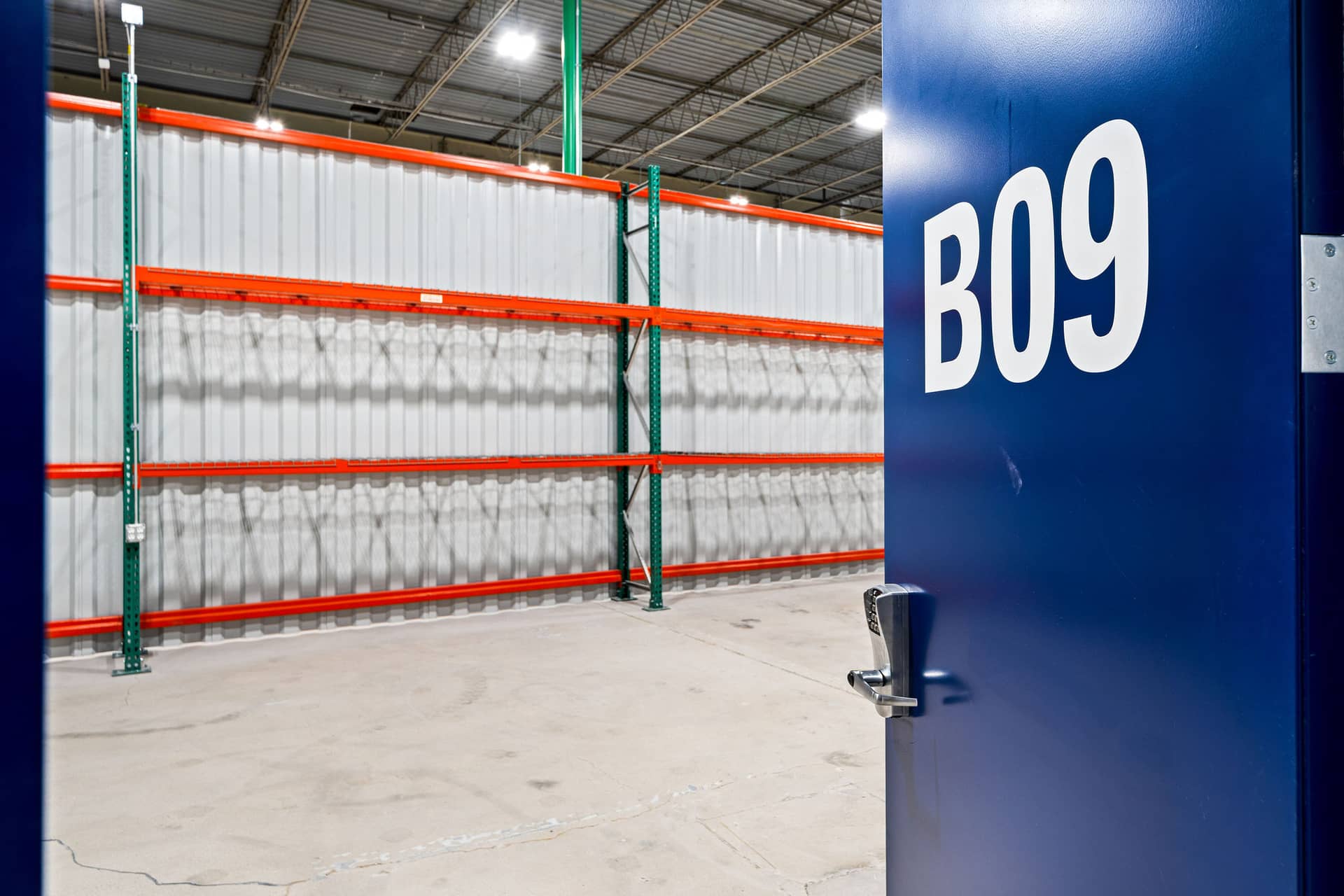
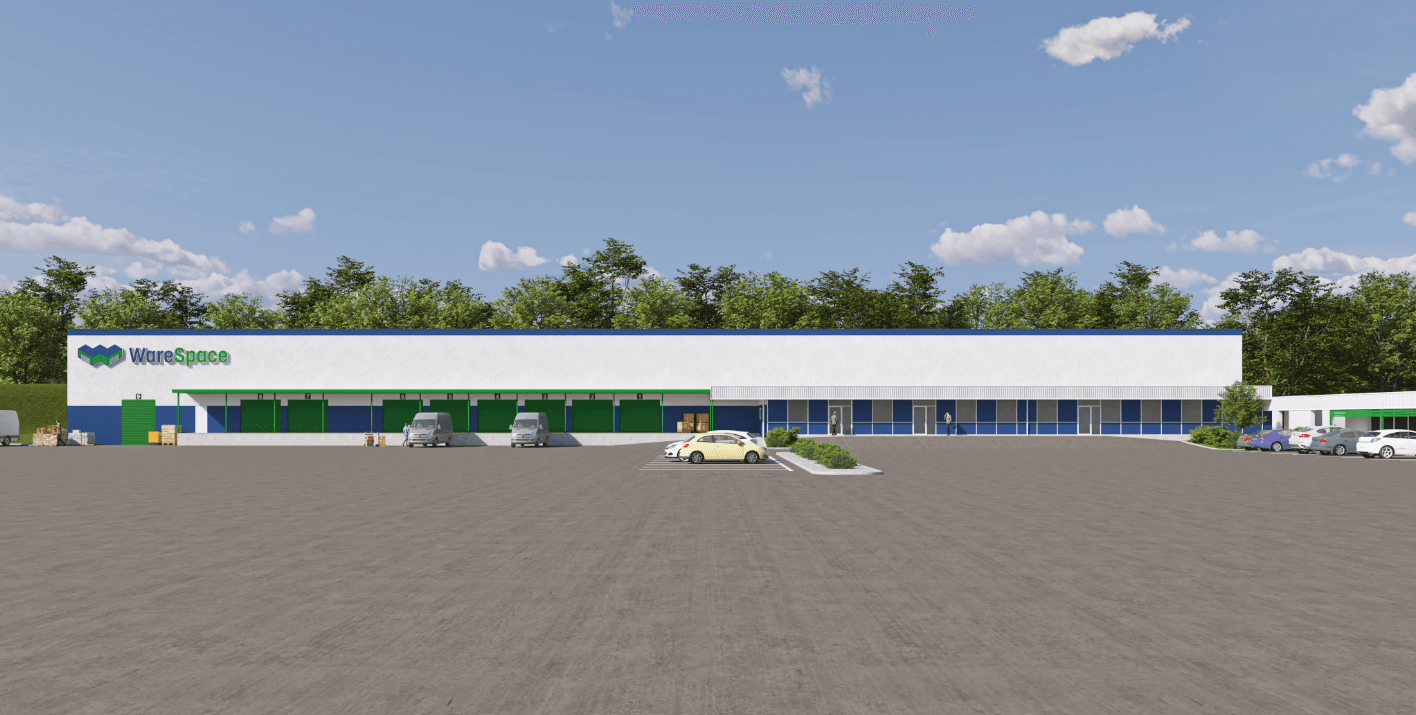
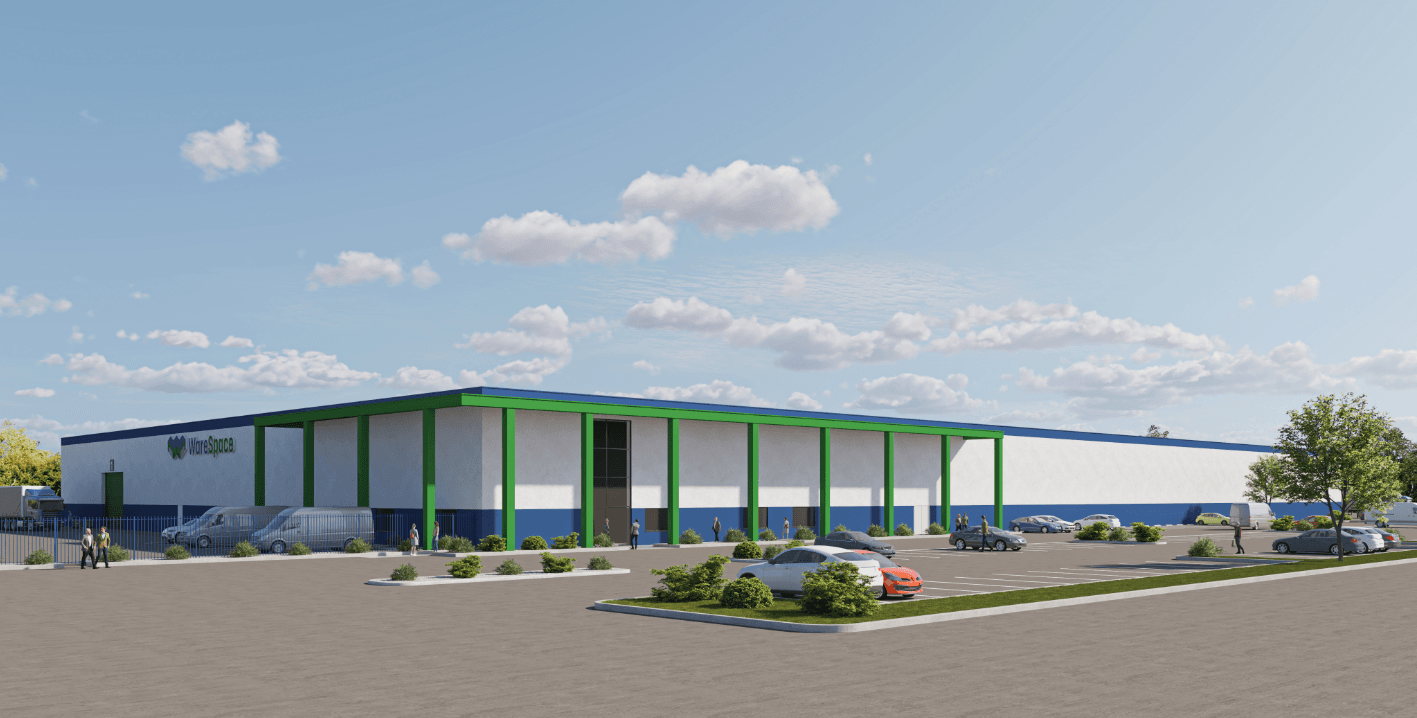
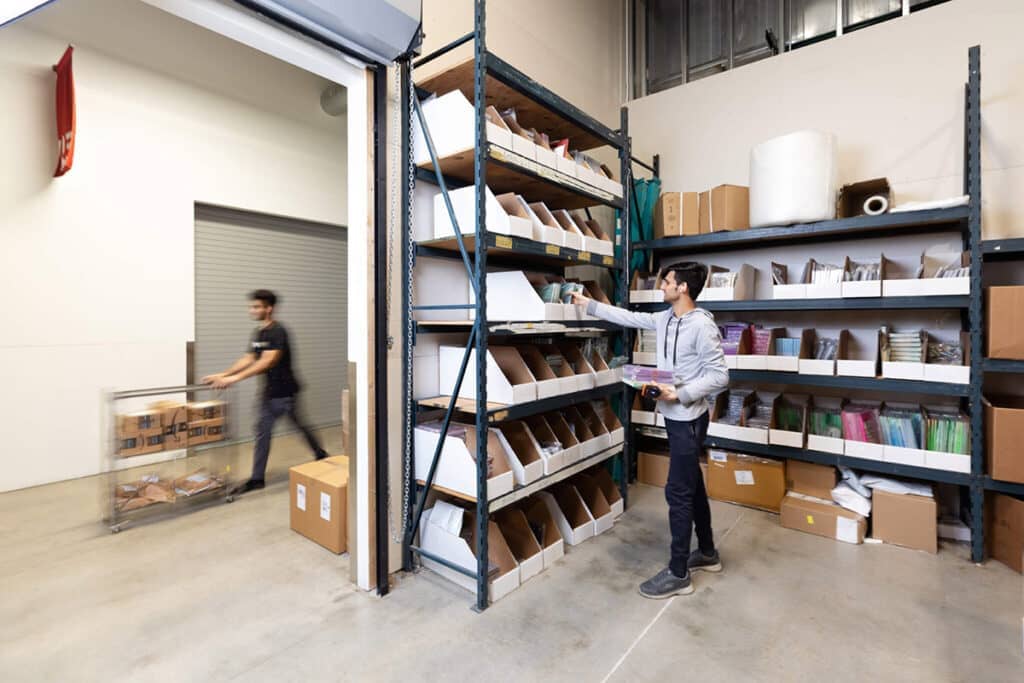
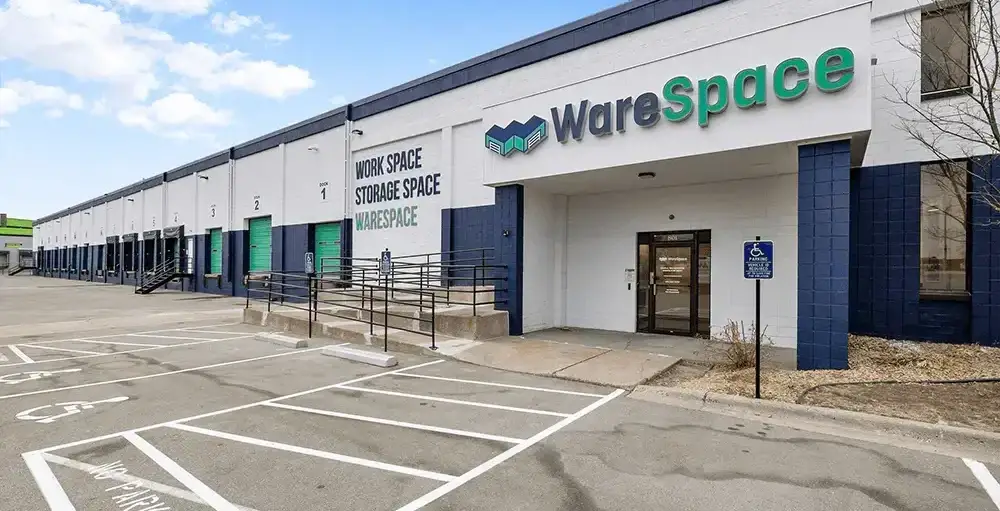
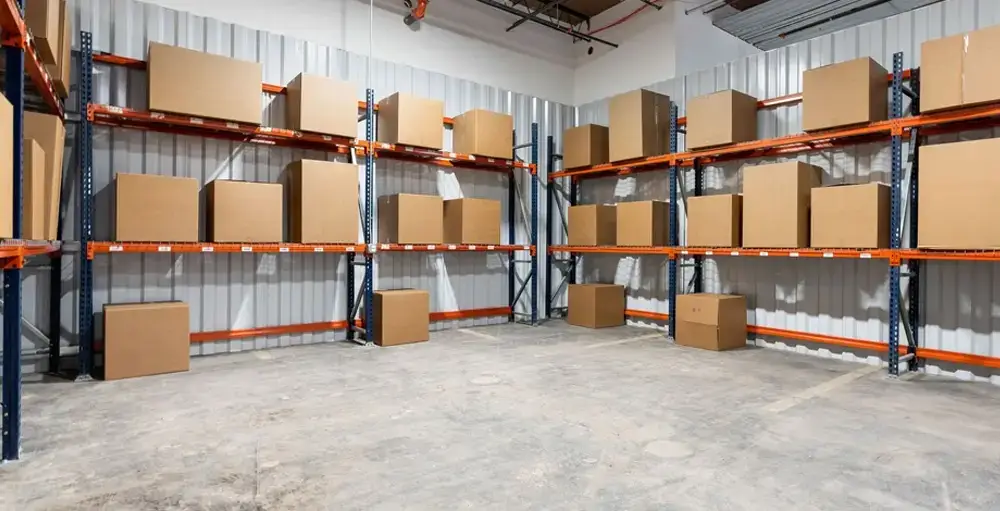
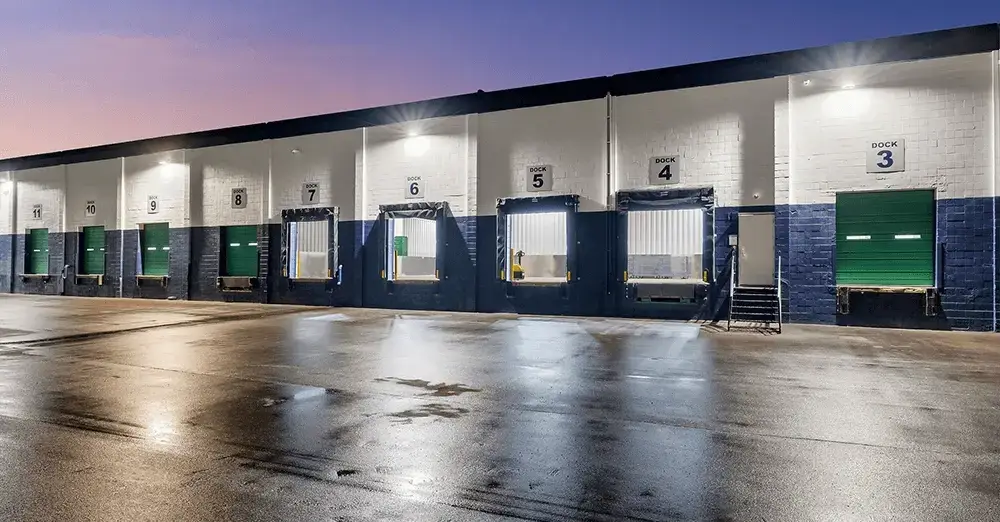
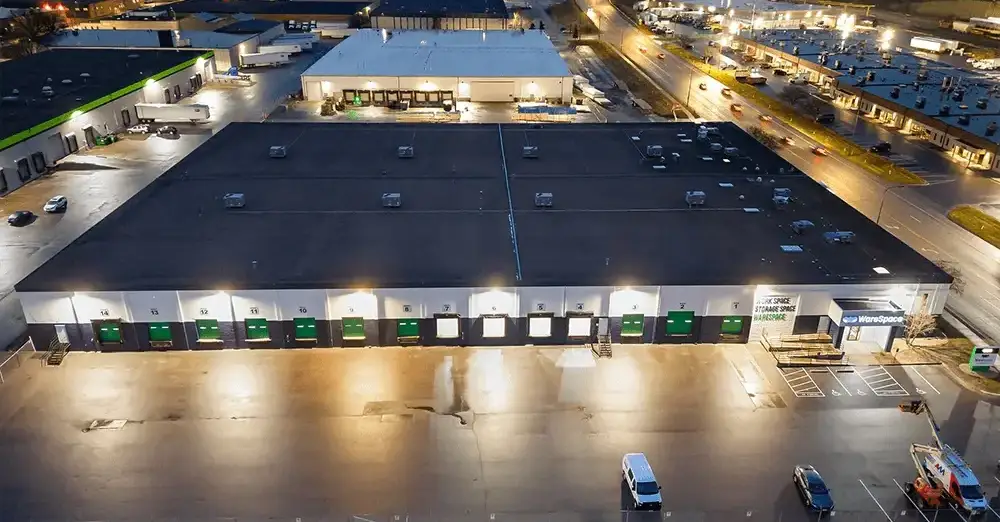











 ►
Explore 3D Space
►
Explore 3D Space